Garlic after potatoes: the pros and cons of planting

The beneficial properties of garlic have been known since ancient times, so many summer residents grow it on their plots. To get a consistently high yield, you need to know some of the intricacies of planting. For example, you must follow the rules of crop rotation.
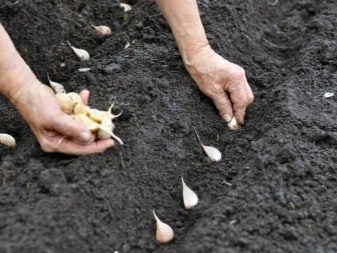
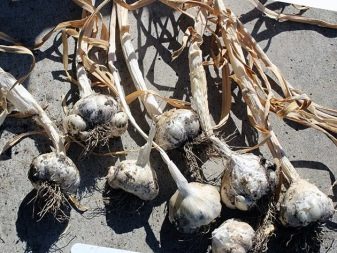
Crop rotation value
People who have at least minimal experience in farming have noticed that when a particular crop is sown in the same place, the yield decreases, and the plants become stunted and often get sick even under other favorable conditions. This can also happen after changing crops in the beds.
For example, you will not be pleased with cabbage grown in the garden after beets. This is how violations of crop rotation are manifested.
The need for the correct rotation of crops is scientifically substantiated. The fact is that plants of the same family are affected by common diseases, they are attacked by the same pests. In addition, related plants take the same nutrients from the soil, as a result of which the soil becomes impoverished. And since different cultures require different macro- and microelements, then with proper planning of plantings, unpleasant consequences can be avoided.
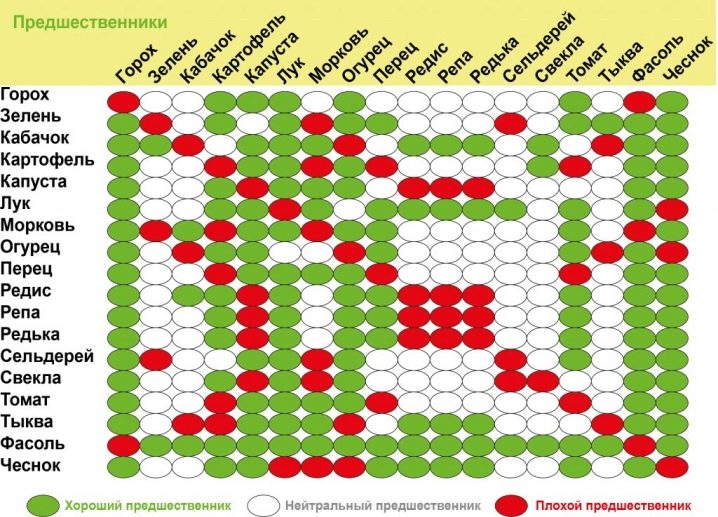
Can you plant garlic after potatoes?
To figure out if you can plant garlic after potatoes, you need to take into account several details.
- The likelihood of being hit by the same diseases and pests. From this point of view, potatoes cannot be a good precursor to garlic, since the risk of fusarium disease is significant. And there is also a risk of nematode damage.
- Soil fertility. Both potatoes and garlic require potassium, so the soil will be depleted for garlic.
- The depth of the location of the root systems. Garlic has a short root system, it is located quite close to the surface of the earth. This means that a nutritious topsoil is required. Potato tubers are located below.
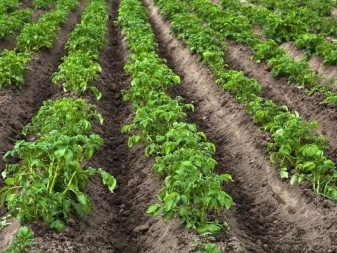
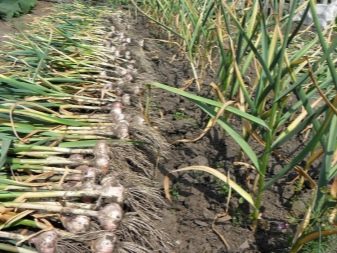
It should also be noted that garlic is spring and winter. Varieties differ in terms of planting. Spring must be planted in the spring, for it the beds usually begin to be prepared in the previous fall. When using the site immediately after the potatoes, the gardener has the opportunity to make the necessary preparations: dig up the ground, apply suitable fertilizers and disinfectants.
Sowing of the winter variety usually occurs in October or November, depending on the climatic conditions of the region. Since summer cottages are not always large, summer residents often use beds that have been freed from other crops. Potatoes are one of the favorite and therefore common vegetables. It is often dug up already in the middle of summer, especially early varieties.
Potatoes are not considered a good precursor for garlic before winter, but even in this case, the summer resident has the opportunity to prepare the land.
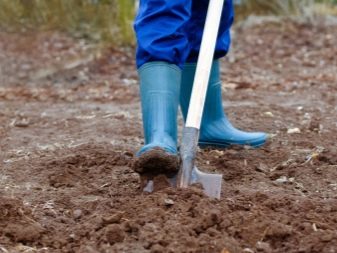
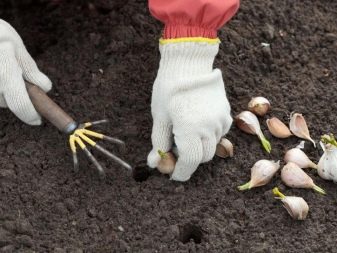
If there are 1-2 months in stock before planting garlic, it will be advisable to sow green manures with a short growing cycle... The use of clover, forage grasses, lupine and mustard will do. Such actions will be useful for improving the structure of the soil, reducing the amount of weeds, and contributing to the replenishment of nutrient reserves in the soil. Mustard has especially beneficial properties. The essential oils that it secretes will repel insect pests, inhibit the growth of bacteria and fungi.
Rye and barley are not the best choice for green manure.They tend to dry out the soil, which is not very favorable for moisture-loving winter garlic.
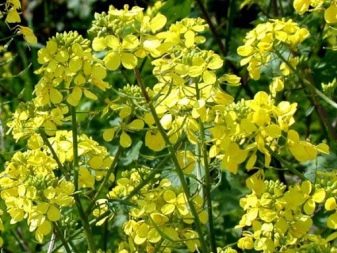














The comment was sent successfully.